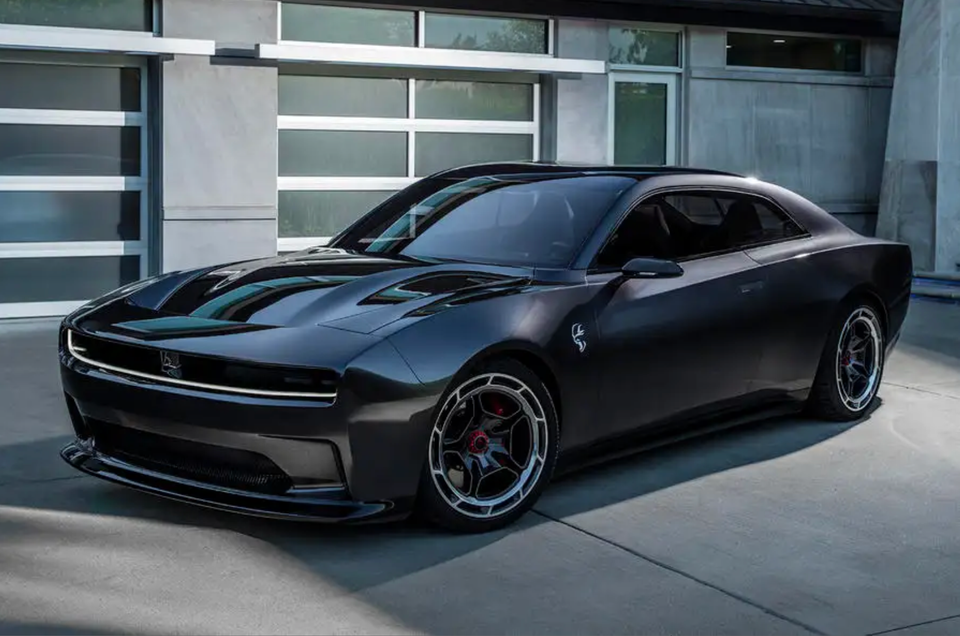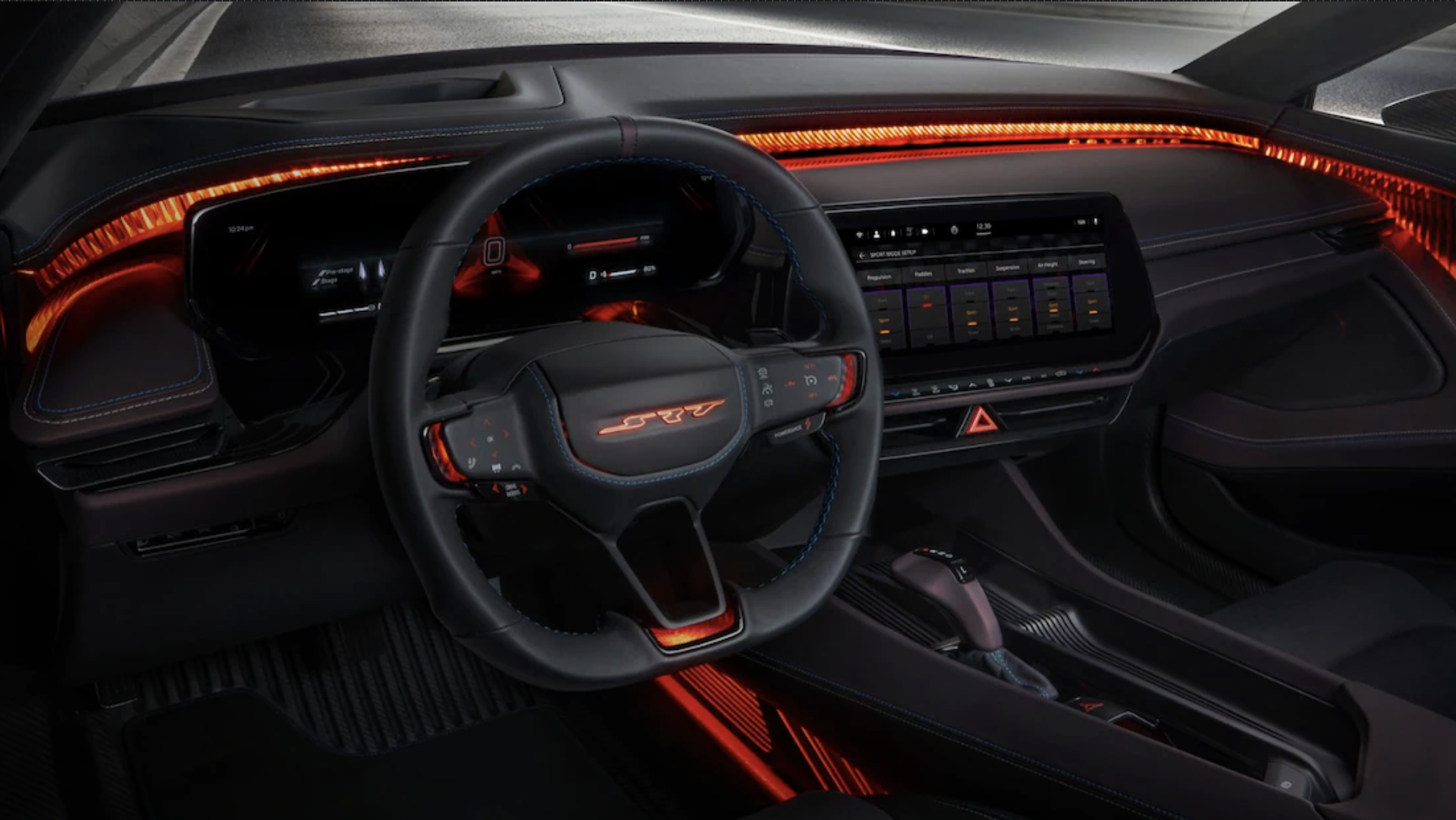New Dodge Charger Daytona SRT EV Concept is Back to its Original Number of Doors

EVs as everyday vehicles makes sense. They’re reliable, low maintenance, quiet, no high gas costs, usually have more storage and, with a little extra planning, are perfectly fine on long road trips.
EVs as modern sports/super cars also makes sense. Most sports/super cars throughout the decades have always taken advantage of the latest technologies. Whether it’s moving to electronic fuel injection to forced induction to adding supplemental electric motors to going full EV with higher horsepower motors and lower center of gravity for better handling, it just makes sense.
But the distinctive American muscle car is pretty much the last place you’d think EVs would take hold. Synonymous with big, gas guzzling V8’s, deep, throaty exhausts and absent of a lot of tech, muscle cars are literally the antithesis of EVs. So who better to try and bring the muscle car into the electric age than a company that’s been making them since the 60’s, Dodge.
The new Dodge Charger Daytona SRT Concept features a subtraction of 2 doors, bringing it back to 1970’s coupe form with a very handy hatchback (after being reintroduced as a 4-door sedan back in 2006 through to today). Personally I’m loving this design, certain to appeal to current muscle car owners for sure.
The cool front aero design, dubbed the R-Wing, is really the only futuristic hint from the exterior that signals this Charger is something a bit different. It allows aerodynamic efficiency (much needed in EVs) without the use of the massive beak-like nose cone from the original Daytona of the 70's. It allows the Charger to keep it's distinctive blunt nose.

The interior, thankfully, seems to be a bit more refined than current Dodge products. The curved display in front of the steering wheel and center display look gorgeous. The accent lighting, however, is a bit too blingy for me, but if they can integrate it with nav systems or drive mode selection it could be more useful. Sitting below the center display is a gear shifter which controls a "transmission".
Let me explain.
Dubbed eRupt, this multi-speed transmission will give the driver a sense of the car shifting gears by evoking noticeable shift points while accelerating. This seems a bit strange to me. One of the benefits of the swift acceleration in an EV is how linear it is, with no jolty shifts in transmission to slow down quarter-mile times. Unless they were to invent a true 3rd pedal manual transmission for EVs (which would be brilliant), I think this is a bit of nostalgia that could have been left out in favor of the best performance.
Actual specs are limited but we do know that it will come with either a 400 or 800-volt architecture (with the 800-volt system and dual motor setup being dubbed "Banshee", pretty much the EV equivalent of the Hellcat). Drive modes include Auto, Sport, Track and Drag. And a NOS inspired power boost called PowerShot which will allow a 25 extra horsepower boost for a few seconds for easy passing or jumping over a police roadblock.
Last on the muscle car checklist is the exhaust. And, yes, this Charger Concept even has that. Dubbed the "Fratzonic Chambered Exhaust", it's, of course, not a real exhaust, but speakers that broadcast an exhaust note made specifically for this Concept. You can hear it in the video below around the 50 second mark.
Personally, I wish EVERY EV had this ability. Why not? It's a much better option than the goofy pedestrian warning sounds that are required now. What would also be nice is if we could have a choice of sounds or even a library where we could download specific exhaust sounds of specific cars. Could be a lucrative extra income source for EV brands.
Even though I'm not a muscle car fan, I hope this Charger Concept from Dodge sparks a trend and encourages other brands to bring back classic muscle cars of the past, reimagined as higher performance EVs of the future.
